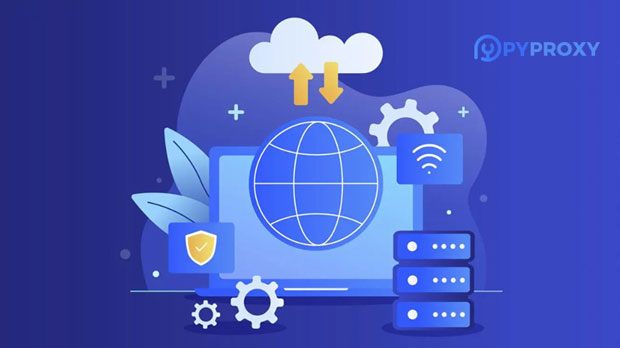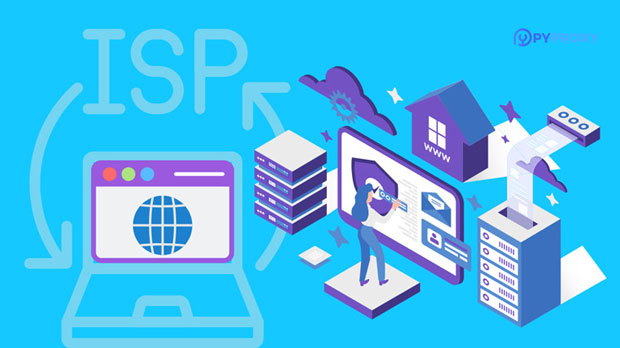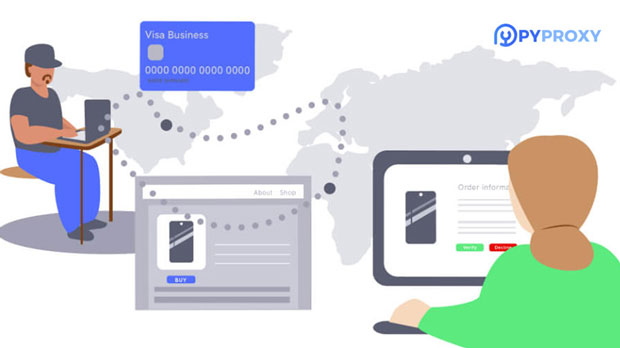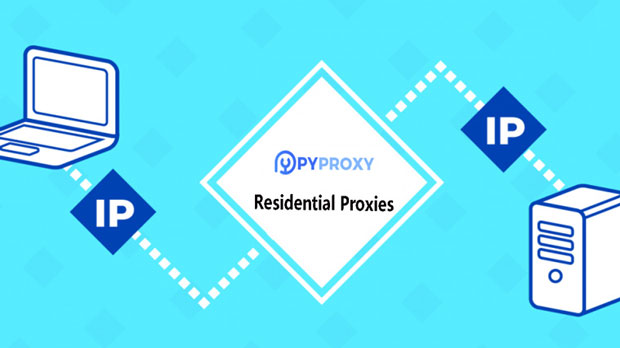In the world of online privacy, data scraping, and secure browsing, having access to a reliable proxy is essential. Among the different types of proxies, socks5 proxies are particularly popular for their versatility and enhanced security features. These proxies are widely used for anonymity, bypassing geo-restrictions, and ensuring data integrity when conducting online activities. One method to obtain Socks5 proxies is through web scraping, which involves extracting proxy data from publicly available websites that list or share proxies. This article will delve into how you can leverage web scraping techniques to collect Socks5 proxies effectively. We will cover the tools, strategies, challenges, and precautions that come with this approach. Understanding Socks5 ProxiesBefore we dive into the scraping process, it’s important to first understand what Socks5 proxies are and why they are useful. A socks5 proxy functions as an intermediary between your device and the internet. It forwards requests and responses between your device and the destination server, masking your IP address. Unlike other proxies, Socks5 proxies support various types of internet protocols (such as TCP and UDP) and can handle both TCP and UDP traffic, which makes them versatile for different types of online activities.Socks5 proxies do not alter or filter your traffic like HTTP or HTTPS proxies, making them an excellent choice for tasks that require enhanced privacy and anonymity. These proxies are commonly used in data scraping, streaming, and online gaming because they allow for secure, anonymous access without compromising performance or security. Therefore, the demand for high-quality Socks5 proxies is ever-growing, which brings us to the process of obtaining them through web scraping.How Web Scraping Can Help You Collect Socks5 ProxiesWeb scraping is a technique used to extract data from websites automatically. By using web scraping tools and programming techniques, you can collect a large list of publicly available Socks5 proxies. Many websites, forums, and proxy listing platforms provide regular updates on active Socks5 proxies, making them a valuable resource. However, scraping proxies from these websites comes with its own set of challenges and considerations.Here’s a basic overview of how you can use web scraping to collect Socks5 proxies:1. Identify Proxy Listing Websites: First, you need to identify websites that list Socks5 proxies. These sites typically display proxies along with their IP addresses, port numbers, country of origin, and other relevant details. Some websites offer proxies for free, while others may require a subscription or registration.2. Select a Scraping Tool: Once you've identified your target websites, you’ll need to select a scraping tool or library to extract the proxy data. There are many popular tools available for web scraping, including Python libraries like BeautifulSoup, Scrapy, or Selenium. These tools can automate the process of navigating the website, finding the required proxy details, and saving them in a structured format like CSV or JSON.3. Write a Scraping Script: With the appropriate tool chosen, you will need to write a script to scrape the data. The script should include instructions to access the website, locate the proxy data, and extract the relevant information. Pay close attention to the structure of the website, as it can vary significantly between different proxy listing platforms.4. Filter and Store the Proxies: After collecting the proxy data, you should filter out proxies that are either inactive or unreliable. You can test the proxies by attempting to connect to them using a tool like `proxy-checker`. Once you have filtered out the functional Socks5 proxies, you can store them in a database for later use or analysis.Challenges and Considerations When Scraping Socks5 ProxiesWhile web scraping can be an effective way to collect Socks5 proxies, there are several challenges and considerations you should be aware of.1. Anti-Scraping Measures: Many websites that list Socks5 proxies implement anti-scraping techniques to prevent bots from accessing their content. These measures include CAPTCHA systems, IP blocking, and rate-limiting. Overcoming these challenges requires advanced techniques like rotating IP addresses, using residential proxies, or employing CAPTCHA-solving services.2. Data Quality and Accuracy: Not all proxies listed on proxy websites are guaranteed to work. Many of them may be inactive, slow, or unreliable. Filtering out these proxies is a crucial step, as using low-quality proxies can lead to errors and disruptions in your online activities.3. Legal and Ethical Concerns: It’s important to ensure that the websites you are scraping allow their data to be extracted. Some websites may have terms of service that prohibit web scraping, and violating these terms could lead to legal consequences. Always check the website’s terms and ensure that you are scraping responsibly and ethically.4. Proxy Rotation and Maintenance: Even if you manage to gather a large list of Socks5 proxies, you’ll need to continuously monitor and rotate them to avoid detection or blocking by the target servers. Regularly checking the proxies and ensuring they are still functional is a key part of using web-scraped proxies.Best Practices for Effective Proxy ScrapingTo ensure that your web scraping efforts are successful and yield high-quality Socks5 proxies, consider the following best practices:1. Use Proxy Pools: When scraping proxies, consider using a proxy pool to avoid IP blocking from the target website. A proxy pool allows you to rotate IP addresses during the scraping process, reducing the chances of getting blocked.2. Respect Robots.txt: Most websites include a `robots.txt` file that outlines the rules for web crawlers. Ensure that your scraping activities comply with the website’s robots.txt file to avoid potential legal issues.3. Test Proxies Regularly: Once you've collected your Socks5 proxies, test them periodically to ensure they are still functional. Tools like ProxyMesh or custom scripts can help automate this process, making it easier to maintain a reliable list of working proxies.4. Focus on High-Quality Proxy Sources: Some websites provide high-quality, regularly updated Socks5 proxy lists. Research to identify reliable sources and prioritize scraping these sites. Make sure to validate proxies from multiple sources for a better success rate.5. Ensure Compliance with Local Laws: Depending on your location and the type of data you are scraping, it’s essential to make sure that your actions comply with data privacy and cybersecurity laws. Scraping can raise legal concerns, especially if sensitive data is involved.ConclusionObtaining Socks5 proxies through web scraping is a powerful method to gather proxies for various online activities such as secure browsing, data scraping, or anonymous internet access. By using the right tools, strategies, and precautions, you can successfully scrape proxy listings and create your own pool of reliable Socks5 proxies. However, it’s important to keep in mind the challenges, such as anti-scraping measures, data quality, and legal considerations. With careful planning and ongoing maintenance, web scraping can provide you with an effective and cost-efficient way to obtain high-quality Socks5 proxies for your needs.
Jan 13, 2025
![arrow]()


















































